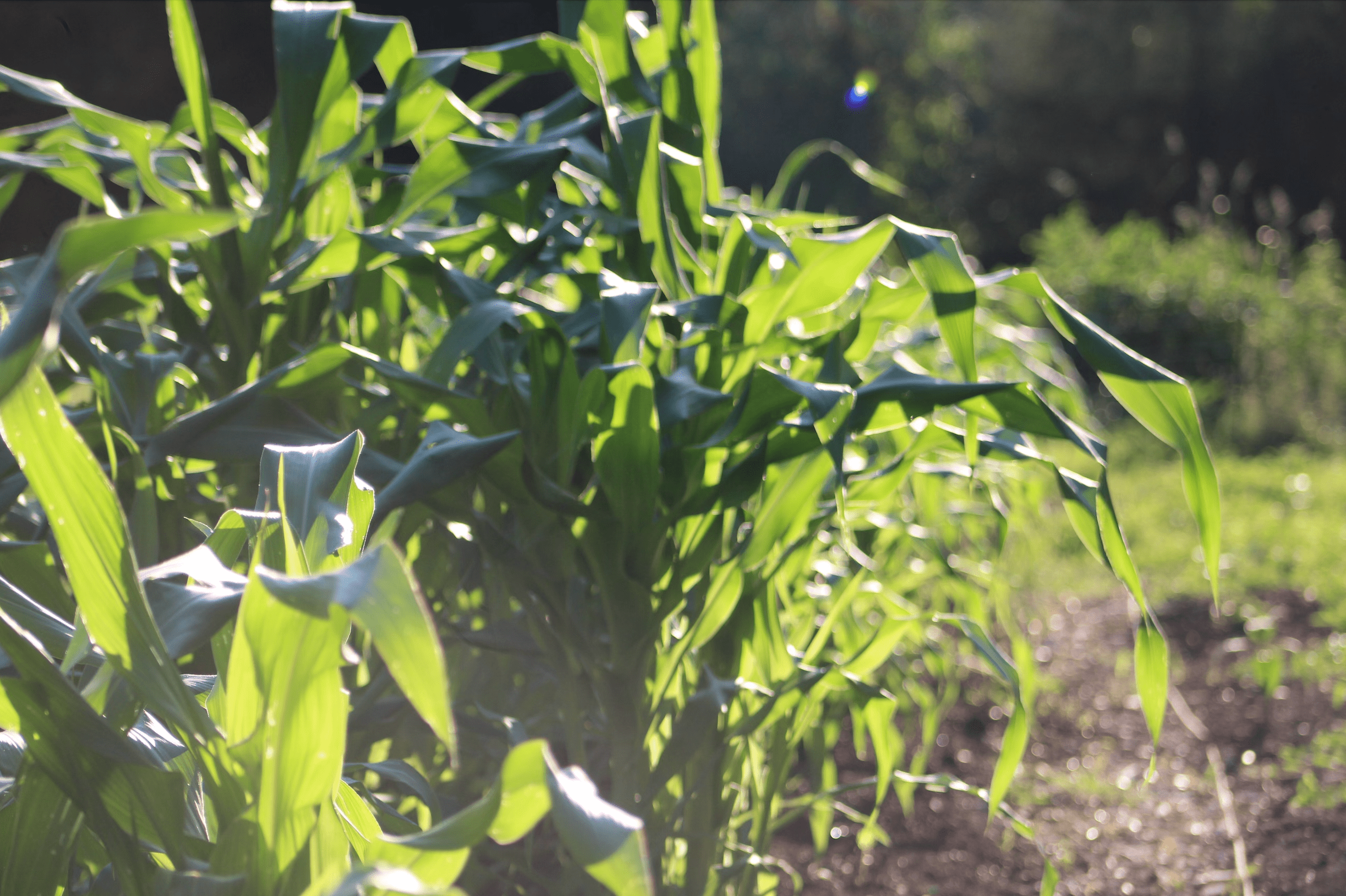The third generation “is on the ground” at James Ranch in Colorado. That’s how Dan James puts it, talking about his three kids. Dan is one of the five second-generation James’ who contribute to the success of the ranch. It’s a traditional story, with a twist, and more than one take-away.
Though the James Ranch story can be traced back more than a few generations, the saga really begins with Dan’s parents, Kay and David James, who moved to the property in the early 60s. They moved with no ranching background and a strong desire to live the rural life and raise their kids in that environment.
Far from having enough money to buy the land outright, they were able to secure the land through in-family financing. The money was not given to them, but loaned. The duo began their operation with a mountain of debt on the land.
James Ranch began as a conventional beef “cow/calf” operation with no direct marketing. “They failed a few times,” said Dan, citing a variety of reasons familiar to farmers.
The legacy could have ended there, but the founding pair made a decision to develop and sell the southern portion of their land in the late 70s and early 80s. That decision allowed for the secure future for the rest of the roughly 400 acres of ranchland. The rest of the land was now debt-free.
“That opened huge doors,” reflected Dan, “for families wanting to move back.” He went on, surmising that more ranchers would benefit from this type of compromise. “Sacrificing that beloved portion of land to save the rest. Many ranchers hold out, their pride won’t let them do it, and the bank ends up with it all.”
As for those huge doors opened by the deal, four out of the five siblings have walked back through them. All five contribute to major decisions about the land. “They must have done something right, to lure most of us back to the ranch.” Dan explained that there was never a sense that they were beholden to the family business, and that the James parents even encouraged their children to go away and have life experiences. “When we moved back, it was on our own terms.”
They were always encouraged to return, but not free and easy. “They said when and if you do come back, bring an enterprise.” Dan and his wife Becca were living in Seattle when they decided they wanted to provide the same experience for their kids that Dan had growing up.
The pair settled on dairy very far from conventional operations, based on holistic management. The practice takes into account the whole, rather than making heat of the moment, situation-specific decisions. This management philosophy translates into all aspects of life, and is an especially good fit for the James family, with the complexity of all the different businesses interacting with each other.
There are five family units living and working on the property. This includes the parents, four siblings, and their children. Kay and Dave James manage the beef herd, Julie and John Ott take on the trees and egg business, Jennifer and Joe Wheeling manage gardens and eco-tourism, Becca and Dan manage a herd of grazing Jersey cows, make cheese and feed whey to a herd of pigs. Cynthia and Robert Stewart operate a small restaurant on the ranch that utilizes all of the James Ranch products. Dan’s brother Justin and his family lives in a nearby town. They all own the property communally, but the businesses are owned separately.
Living and working in peace with each other has been easy for the families, but it has not come without effort. The families meet quarterly to make decisions that affect everyone. There is no official contract, but the group came together to produce an “entire ranch holistic goal.” Their meetings help to facilitate the process by keeping communication open and making sure that everyone has a connection to the land, even if they’re far away. When asked about the success of their model, Dan said, “We all buy into the end game, and we’re operating with lots of love.”
This last part he puts on top of the list, saying that caring for each other is critical. This doesn’t mean always being picture-perfect family, but always having respect and not holding grudges. Dan thinks the model can be replicated with other families and groups that own land together, but have different levels of involvement with the work. Strategies like structuring voting rights to give active members a heavier hand at meetings can help such agreements. James Ranch does not employ this method.
What is crucial at the James Ranch is that these meetings happen, even if they have to be rigidly scheduled. There is a lot of pressure on farms in the summer, so the group has skewed the meetings to be seasonal. They have also brought structure to the meetings to make them efficient. “They used to be marathon meetings,” Dan said with a laugh. His brother-in-law brought Delegated Meeting Process to the table, which assigns rotating roles to participants like scribe, pacer, and moderator. The meetings now take about 2 hours.
“That’s been a beautiful thing,” said Dan.
Other help to the James Ranch families has been Colorado incentives for conservation easements. Since farmers are not generally in a financial position to benefit from tax incentives offered to landowners putting easements on their land, Colorado allows farmers to sell their tax credits at a portion of their value, to anyone in the state with a tax liability.
Conserving the land at the James Ranch seems to be slated to stay in the family, where Dan James is doing his best to emulate what his parents did with his three kids who are 12, 10 and 7. “We try to make work less obligatory, and have more of a team-type atmosphere.”
Whatever they’re doing, it seems to be working, is eldest son is already designing his own lamb business. It’s a smile you can see, even through a long-distance phone line when Dan says that things are “alive and well for the next generation.”





